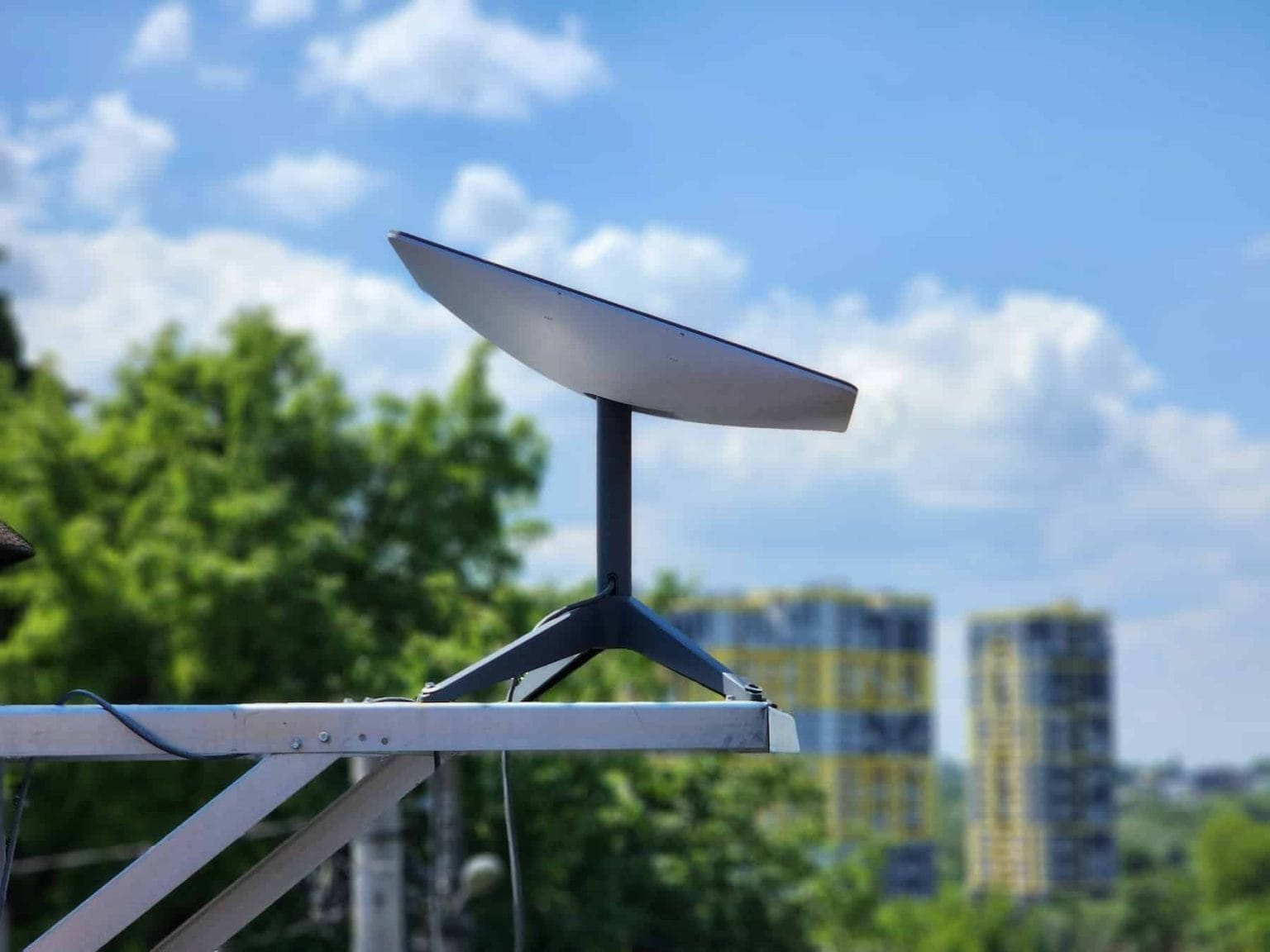Elon Musk also aims to conquer residential communities with a hybrid model: shared connection, individual accounts, no on-site technical support, and incentives for the host installer. This is Starlink Community.
Starlink, SpaceX’s satellite internet service, has taken a step further in its commercial expansion into densely populated urban areas. Previously focused mainly on rural or isolated homes, the satellite operator has begun testing a new product called Starlink Community, designed specifically for apartment blocks, buildings, and residential communities.
Although not officially launched yet, this new approach briefly appeared on the Spanish version of Starlink’s website and was soon removed. However, the content remains accessible at starlink.com/community, and its technical framework is already sparking discussions among IT professionals and network administrators.
What is Starlink Community?
Starlink Community enables a single satellite dish and its router to manage connections for multiple residences, sharing total bandwidth through a switched Ethernet network and independent subnets.
The system relies on a collaborative model where a host user manages:
- Buying and installing the Starlink kit
- Setting up the network infrastructure (dish, switch, Ethernet cabling)
- Registering individual subscribers via a management portal
- Providing basic support (troubleshooting, restarts, physical maintenance)
In return, this host earns a direct financial commission for each subscriber signed up through that community.
Technical Architecture of the Service
Starlink Community’s hybrid model blends elements of a local ISP-style shared access with distributed self-management among residents. Network-wise, it functions as follows:
Network Diagram
Starlink Antenna ↔ Starlink Router ↔ Network Switch
├── Residence 1 (User’s personal router)
├── Residence 2 (User’s personal router)
└── Residence N
Each residence has its own Wi-Fi router connected to the common switch. It’s recommended to configure VLANs or at least isolated subnets to prevent cross-traffic or IP conflicts.
Residents pay directly to Starlink and have individual accounts, meaning authentication, usage monitoring, and billing are handled on a personal basis.
Technical and Operational Benefits
| Advantage | Description |
|---|---|
| Connectivity in areas without fiber | An alternative for communities lacking FTTH, especially in older developments. |
| Symmetrical bandwidth | Starlink provides more stable speeds than ADSL or WISP in congested environments. |
| Individual accounts | Each neighbor manages their own Starlink access. |
| Local management | On-site setup and support facilitate quick resolution of minor issues. |
| No need for direct Starlink technician intervention | Reduces costs and waiting times since no Starlink technician is required for routine setups. |
Limitations and Risks
| Risk or Disadvantage | Technical Implication |
|---|---|
| Shared bandwidth | Total antenna throughput is distributed among all users. |
| No official on-site support | All maintenance and troubleshooting fall on the host or someone with IT expertise. |
| Complexity of shared LAN networking | Risks of IP conflicts, switch saturation, or lack of isolation. |
| Unpredictable latency | Even with inter-satellite laser improvements, variable jitter may occur. |
| Not suitable for critical applications | Not recommended for enterprise VoIP, latency-sensitive trading, or competitive gaming. |
Ideal Use Cases
- Blockes without fiber access (due to technical or legal reasons)
- Temporary residential setups or rural stations without terrestrial coverage
- Communities with self-managed profiles, where one or more residents have technical knowledge
Recommendations for System Administrators
- Use manageable switches supporting VLANs to segment traffic per residence
- Apply QoS (Quality of Service) where possible to mitigate congestion peaks
- Ensure each user has their own subnet and NAT for security
- Set up local monitoring tools like Grafana + Prometheus or Netdata to detect saturation
- Configure basic firewalls per residence and educate users about home security
FAQ – Frequently Asked Questions
What speeds can Starlink Community reach?
Dependent on the chosen plan and number of connected neighbors. A standard kit can reach up to 250 Mbps, but this bandwidth is shared among users.
Does Starlink provide technical support?
No. The community host manages installation, maintenance, and basic support. Starlink only intervenes for software issues or critical incidents.
Can I use the network for video calls, streaming, or gaming?
Yes, but with caveats. Starlink’s latency of around 40-70 ms is acceptable for streaming and video calls but can be inconsistent for competitive gaming or trading.
Does each user need their own router?
Yes. The architecture requires each residence to have a personal router with NAT enabled, avoiding shared local LANs.
How is user privacy protected?
By implementing VLANs or, at minimum, NAT per residence to prevent sniffing, ARP spoofing, or other neighbor attack vectors.
Can I resell the service?
No. The host does not resell the service but acts as an authorized local coordinator. Each user has a direct contract with Starlink.
Sources:
bandaancha and PCmag

